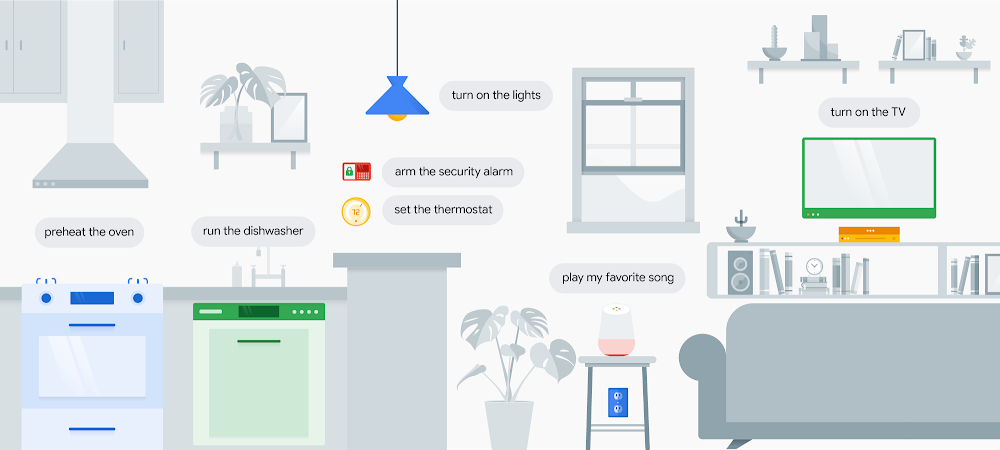I’ve checked the date, twice, it’s not April, so that must mean that Google, Amazon and Apple along with the Zigbee Alliance really did just announce a join open-source partnership to develop a new Smart Home Connectivity Standard. Yes, that’s right a single, open, standards-based, non-proprietary technology being jointly developed by some of the biggest names in technology, in 2019.
For those familiar with the IoT you’ll know that the ecosystem is made up of a hodgepodge of mix and match technologies that somehow you as the end-user have to integrate with your chosen front end. There’s WiFi, Bluetooth, Zigbee, Z-Wave and a myriad of other named and unnamed protocols. Today’s announcement to form “Project Connected Home over IP” is a serious attempt to create a uniform standard.
The new standard will be based on the current Internet Protocol (IP) which brings with it many advantages from increased end to end security, significant knowledge of the protocol and how it works, easy to adapt infrastructure to support a new standard and quicker time to market. According to the new Connected Home over IP (CHoIP) FAQ what the collusion will be developing is a base underlying communication protocol, and then enabling that protocol to be used over multiple existing communication technologies.
What does that mean? CHoIP will allow devices to communicate over technologies such as Wi-Fi, Thread, Bluetooth LE as well as standard Ethernet, Cellular, Broadband and ” other technologies”. CHoIP promises that their implementation will be ‘hubless’ meaning that it won’t require a specific protocol gateway to be used, but it will still need some sort of connectivity hub, depending on the implemented technology.
We have to admit we’re not thrilled at the idea of a Wi-Fi implementation of a Smart Home. If you’ve ever had too many devices on your Wi-Fi at once you know how completely unreliable the network gets with constant drop outs across your devices. I managed to max out my entire network with just 42 devices on the network, a decent IoT set up can have double that number of devices.
The end goal is a safer more secure and more interoperable ecosystem for the consumer to use. The project aims to create truly interoperable devices for the IoT that will then work on any platform, eg Google’s Assistant or Amazon’s Alexa, and provide the same or similar setup and user experience. It’s a surprisingly consumer-focused move, but one we welcome all the same.
Certified devices will not need to implement all connectivity methods to be certified, they will, however, have to adopt the unified IP based protocol. It’s kind of like everyone agreeing to speak the same language, but being told they can talk over the phone, or face to face, or via Duo, how they connect is irrelevant, just that they are speaking the same language.
It’s day one for the project, but we wish them well and hope to see some movement out of them soon. With so many connection standards being accepted this is going to be a very interesting project to watch, between power usage, known max device limitation and other hurdles it will be exciting to see a full home IoT standard emerge.





Got any links? There are no hits for “CHoIP” anywhere on the internet other than this article, even on what Apple says is the project home page: https://www.connectedhomeip.com/, which does not have a FAQ.
Yeah I maxed out my network a few years ago and upgraded to unifi (ubiquity) for routing, switchgear and AP’s never looked back, have over 200 ip devices now and working fine but I’ll be the first to admit it’s not a solution for the masses, can’t wait to see what comes of this alliance – very exciting times for home automation & iot